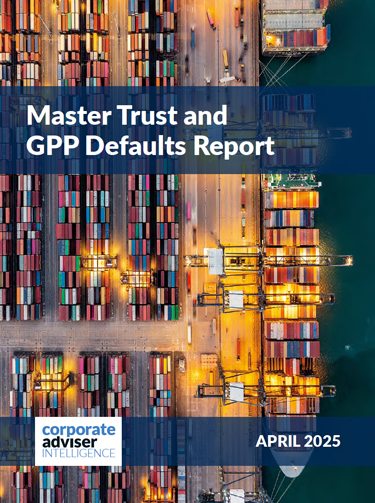Most of the UK defined benefit (DB) pension schemes, around 71 per cent, with a defined endgame plan to move to an insurance solution as soon as it is achievable, though some may need additional time to be settlement-ready.
According to Aon’s 2025 Endgame Survey, which covered over 200 private sector schemes, 23 per cent are still considering their endgame strategy.
Meanwhile, 28 per cent of schemes that have made a decision plan to continue running for the long term, either for several years or indefinitely, up from 17 per cent in 2024. Only 1 per cent are targeting commercial consolidation.
Scheme size has a major impact on strategy. Among smaller schemes (under £100 million), 88 per cent prefer to insure as soon as possible. In contrast, 62 per cent of larger schemes (over £1 billion) plan to run on beyond the point at which they are settlement-ready, a significant increase from 25 per cent in 2024.
Aon partner in the UK Endgame Strategy team James Patten says: “Our survey demonstrates that scheme size is the biggest factor affecting views on endgames. Notably, there is a marked shift in the proportion of schemes looking to run on, either for the long-term or for a period of time, with the trend most pronounced for schemes with £1 billion or more of assets. Larger schemes tend to have greater resources and economies of scale to support a run-on than their smaller counterparts.
“It may be that the Government’s announcement earlier this year, which suggested more flexibilities around the use of surplus and a better understanding of the risk/return trade-off of different options, has influenced schemes. Of course, many planning to run on will ultimately insure the scheme. This is supported by the data which shows approximately half the schemes planning to run on are expecting to do so for a period of time, before a future buyout. It is therefore more of a matter of when, rather than if this happens.
“Buying-out at the earliest opportunity, either once affordable or settlement ready, continues to be the most sought-after endgame when considering schemes as a whole and is by far the most popular endgame for schemes below £500 million in size. The entry of four new insurers has changed the competitive landscape and opened up more options. Smaller schemes may now find they have greater choice if they choose to buy-in, potentially making insurance more attractive. At the other end of the spectrum, insurers are clear that there is capacity in the market for even the largest schemes.
“It is also striking how the business sector of the sponsoring employer can influence views. Insuring a scheme is more prevalent in areas such as construction, engineering, hospitality and travel. Longer-term run-on appears to be more popular in the financial services and energy sectors where there is often a stronger covenant supporting the scheme and potentially improving the viability of a run-on.
“The geographical region of the scheme sponsor’s parent company also appears to affect views. In particular, North American-headquartered employers show more appetite for run-on than those with headquarters elsewhere. Among other factors, differences in accounting standards may influence the position here.
“Schemes are actively engaging with changes in endgame options and regulation but nearly a quarter of respondents in our survey are still considering their options. They may be waiting to see the Pension Regulator’s upcoming guidance on endgames and the outcome of the Department for Work and Pensions’ ‘Options for DB Schemes’ consultation, before formally deciding on an endgame, or they may want to review their choice once these have been published.
“What’s most important for schemes is to reach their own views. Aon has developed its Discover, Develop, Deliver Endgame framework to enable schemes to discover the objectives of all stakeholders. This enables them to develop a view on their preferred endgame and uses modelling to support the decision-making before successfully delivering on the agreed strategy.”





